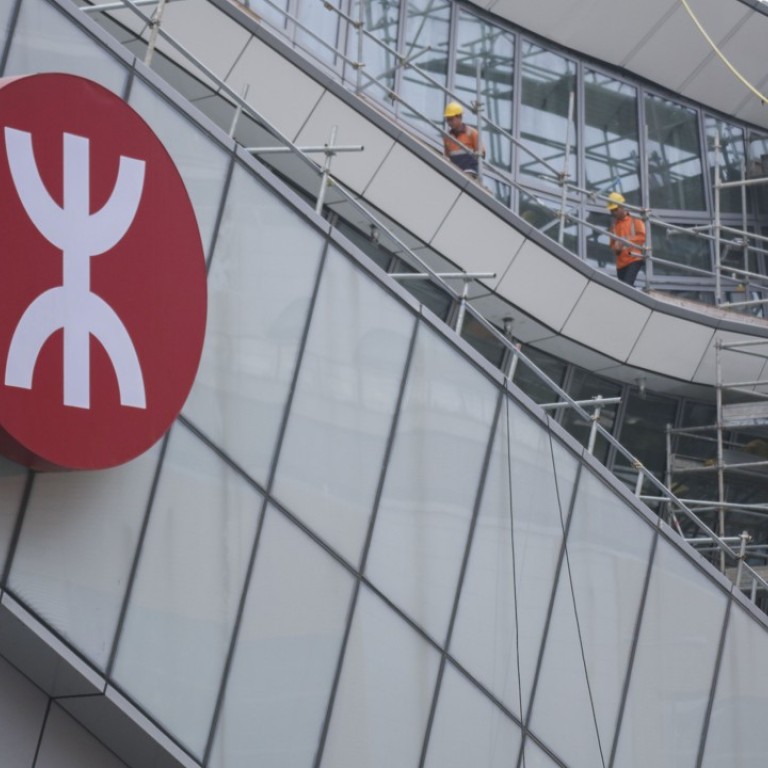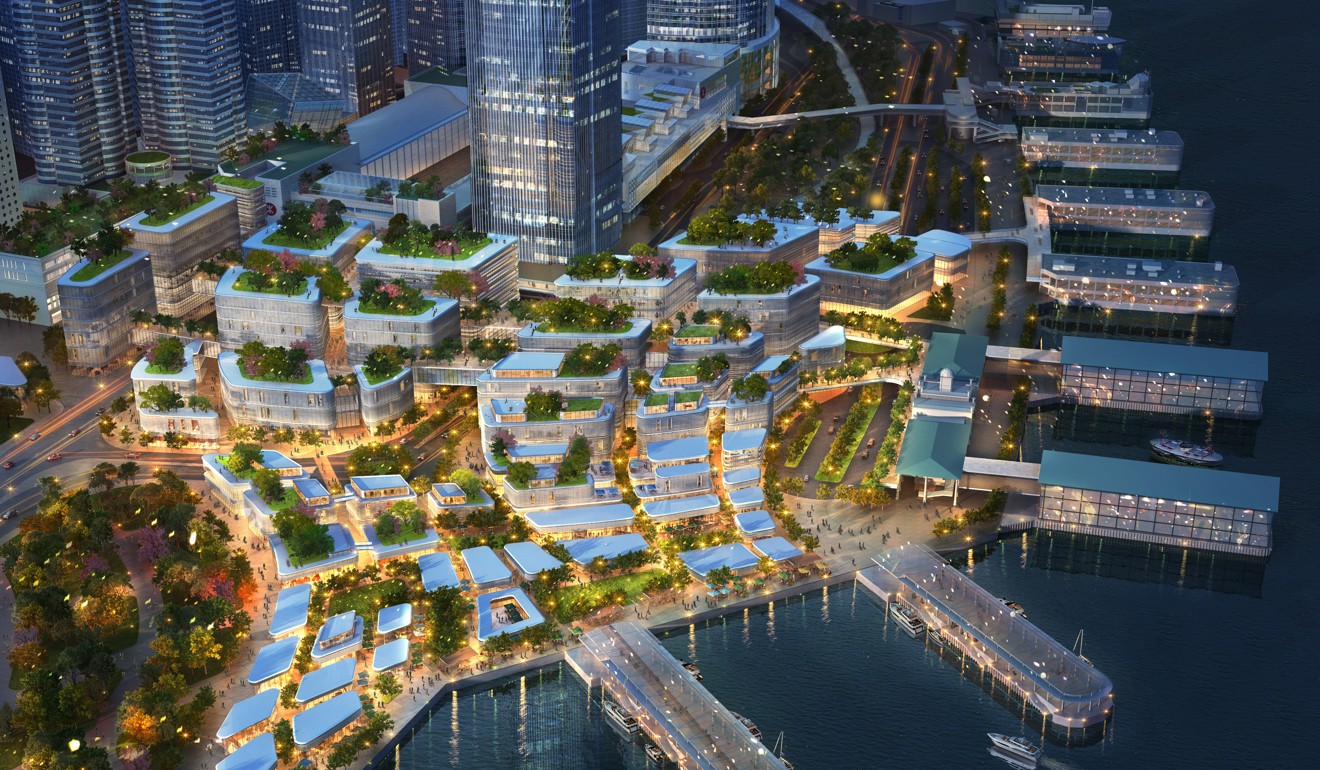
Architects urge connectivity and intergration with local culture in design plan for site above Express Rail Link in West Kowloon
Architecture firm Benoy says Hong Kong needs to keep in mind that it is competing with other cities such as Shanghai in creating iconic developements
The huge site above the Hong Kong terminus of the Express Rail Link in West Kowloon has the potential to be the next hot spot of the city’s “Instagram moment”, if it can be integrated into the existing cultural district properly, according to architects.
The site is part of the four commercial plots the government plans to sell through tender from April and could be the most expensive ever put up for auction in Hong Kong.
“West Kowloon already has a great plan with museums, theatres, open spaces and activities being staged there. It will be a fantastic and new urban environment and we see great opportunities for the area,” said Trevor Vivian, global director at Benoy, an international architecture and design firm. “The railway station will increase access and bring in more people.”
Linking the site above the station to the surrounding cultural district is widely considered the key to making a success of the project.
The commercial site is expected to include three office towers and a shopping centre, amounting to 3.16 million square feet of commercial gross floor area.
Analysts estimated the site to be valued at as much as HK$30,000 per square foot (US$3,826), or about HK$95 billion, but some estimates put the value as high as HK$142 billion.
The property developer who outbids rivals for the rights to the project will face the challenge of how to secure the maximum return on investment.
“To achieve that, intensive work is required on the quality of the design, and that does not mean you are going to lose the commercial benefits. You can bring together design and commerciality to create great places as long as you are very aware of the consumers,” said Tom Cartledge, CEO of Benoy. “Making sure the public realm and the streetscape integrates with the shops and the offices, you can create a well-designed space that is in demand from office tenants, retail tenants as well as the public.”
West Kowloon presents designers with the complex challenge of how to balance public benefit with the need for commercial success in a mixed use site.
Cartledge said the recent focus in urban design places a priority on creating landmarks with connectivity, activity and a rich variety of uses.
“The young generation has so many choices around the world to jump on flights and visit places,” said Cartledge. “How does it [Hong Kong] continue to compete with London which is steeped in iconic buildings and continues to modernise and deliver new arts and cultural experiences? How does it compete with Shanghai where the great architectural community is coming together to do some amazing things?”

In September, Benoy presented initial design concepts for the Central Harbourfront initiative site 3, which is expected to be added to the government’s land sale list in the near future.
The design spans from Jardine House to the Central Ferry Piers, buttressed by the IFC building under thematic concepts of “urban forest”, “glacier” and “coral reef”.

“This is Hong Kong's postcard view – the Central Harbourfront that everyone takes photos of. With our proposed ideas, we aimed to present some solutions that create a spectacular public realm and mixed-use community on the waterfront,” said Vivian. “There really is a competition between cities and Hong Kong has a huge opportunity to be part of that competition. This is a globally significant waterfront site, we need to take better advantage of it.”

